A new study might give an answer as supporters say it is not a question of if but when the project will get underway
Is the Great Sea Interconnector unraveling? It depends who you ask. Last week’s talks in Athens, where it was decided to “update the techno-economic” parameters, was seen by many media commentators as fancy-talk for kicking the can down the road – an admission that the project has stalled but is being kept alive on the ventilator. But others say it’s an opportunity.
Both sides have their arguments. Skeptics see the announcement of a new feasibility study – because that is what the jargon amounts to – for the interconnector as a setback for the project.
They say, for instance, that talk of doing another study points to a rethink of the whole endeavour. After all, it’s no secret that the GSI has a funding gap.
Also, they point out, the decision announced in Athens by President Nikos Christodoulides and Greek Prime Minister Kyriacos Mitsotakis will inevitably delay the project. Because it will take time to select the firm that will carry out the feasibility study, then more time for the study to be completed, and then some more time for the findings to be analysed and acted on.
Plus, the cynics ask, what happens if the study shows that the GSI – a proposed subsea cable linking the electricity grids of Cyprus and Greece – is not financially feasible? Would the two governments even risk such a finding if they were dead-set on pushing through the project?
All valid points.
Another issue: despite the pitch by Admie executives that investors are lining up, there is no evidence of that.
Admie is Greece’s independent transmission operator, the promoter of the GSI project.
For example, supposedly the United States International Development Finance Corporation has shown interest in investing. But again, there is no hard proof.
Admie itself has capital estimated at between €250 and €300 million. Then there are the €650 million in grants pledged by the European Commission.
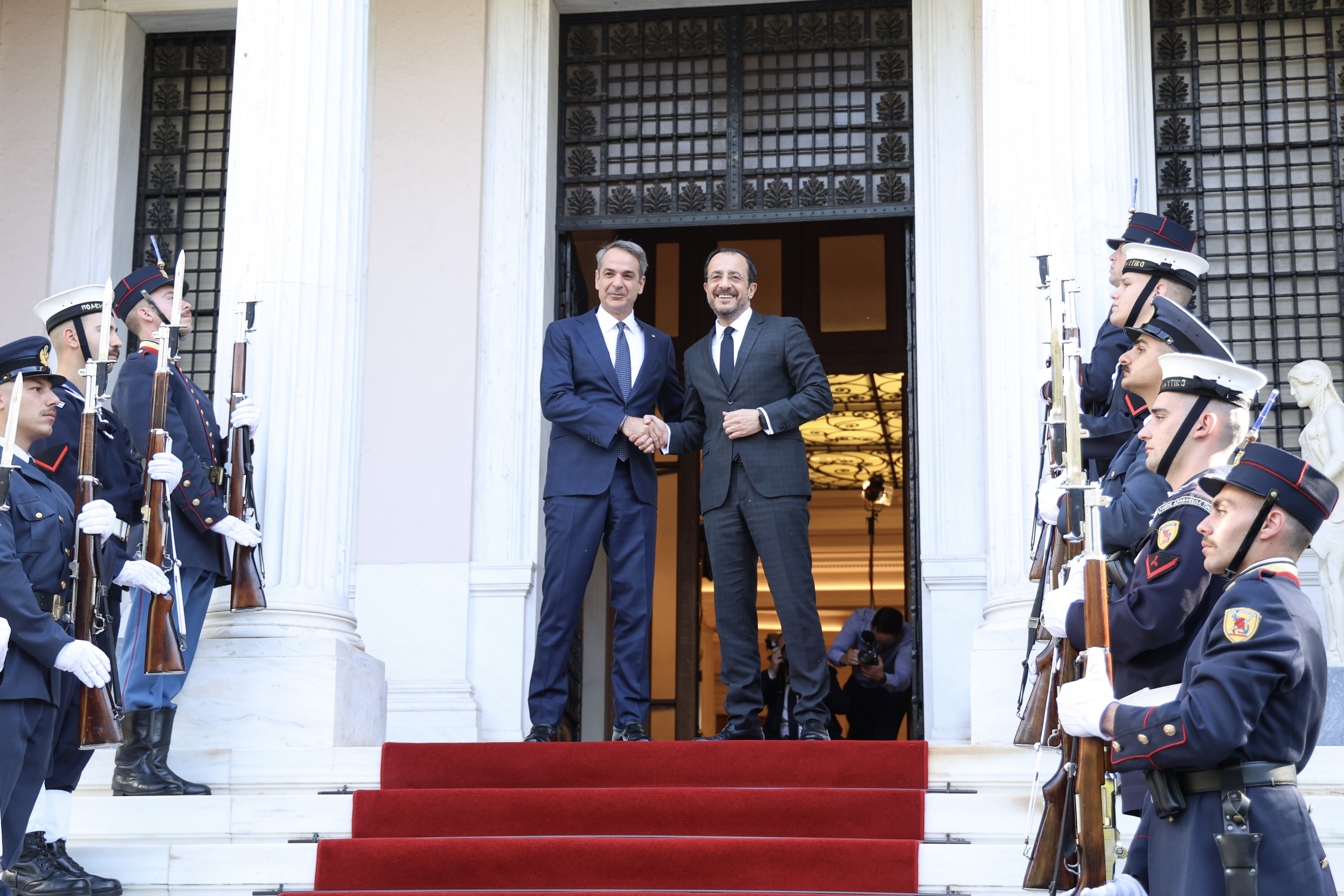
That adds up to €950 million. But if the project does in fact carry a price tag of €1.9 billion, that still leaves a funding gap of about €1 billion.
After the Athens summit, Greek Energy Minister Stavros Papastavrou insisted that investment interest from “the Americans” is very real.
“Interest has been exhibited from the Americans, from American companies,” he told media.
“We are in an exploratory phase. The Americans, as well as anyone else desiring to invest in a long-term project, they want the numbers, they want the data to understand the what, the how, and the where.”
In other words, the reason for doing the feasibility study is precisely to firm up the numbers – primarily the cost – so that investors know what they’re getting into.
That’s the optimistic take.
But, the doubters counter, what about Turkey’s objections? The Turkish navy has already deployed gunships to halt depth surveys for the subsea cable. And if you cannot complete the depth surveys – mapping out the route of the cable on the seabed – how can you even begin laying it?
A source knowledgeable about the subject confirmed to the Cyprus Mail that no one – “not even Admie” – knows exactly how much the GSI will cost. If true, this would echo the concerns aired by Finance Minister Makis Keravnos.
The source, speaking on condition of anonymity, also corroborated that to date no formal application for a loan has been made to the European Investment Bank (EIB).
“Certainly Admie, the project promoter, would be the ones to apply for a loan. And they haven’t.”
The interconnector project was initially taken up by a Cyprus company named EuroAsia Interconnector Ltd. EuroAsia dropped out in October 2023, handing over to Greece’s Admie.
In the summer of 2023, a cost-benefit analysis (CBA) was sent by the Cyprus finance ministry to the EIB. The CBA was furnished by EuroAsia, then the project promoter.
It was not an application for a loan. Rather, the ministry was seeking an opinion from the EIB about the interconnector.
The EIB came back, recommending that Cyprus invest in storage instead – batteries etc.
In providing its answer, the EIB had hired a consultancy firm to assess the CBA and make recommendations.

Later, Admie hired the same firm to carry out a second CBA. This second analysis was positive toward the interconnector – though it made a number of ‘bold’ assumptions.
In other words, the same consultancy firm had reached two different conclusions.
Despite all the baggage, our source feels that an updated techno-economic study now marks a step in the right direction – even if it means a delay.
“Essentially the study will attempt to answer what the final cost will be, with the latest data. That will demonstrate, for instance, whether investors can get a healthy return on investment, or whether banks will finance it.”
According to what was agreed between Cypriot and Greek authorities, the return on capital for GSI shareholders should be 8.3 per cent during the first 17 years.
That’s a big ask, but certainly a draw for prospective investors.
Our source added that the decision for an updated feasibility study “basically confirms that there are concerns over loose ends regarding the project.”
Whereas our first source appeared to be in two minds, the second person we spoke to was unequivocally sanguine about the project.
“The GSI is a project that must be done, and will be done. It cannot be otherwise,” asserted Pavlos Liasides.
He is in charge of formulating energy policy for the Disy party, and a member of the party’s political bureau.
We asked why he is so confident.
He explained: “Because the GSI is part of a much bigger picture. It’s not just about Cyprus. And these plans involve a number of interconnectors linking up the Middle East and Europe.”
Liasides, who has tracked the issue for years, said the notion for regional interconnectors first surfaced from the DII – a German think tank focusing on renewables.
The DII was established in Munich by 11 German companies and the Desertec Foundation, a German NGO, as a ‘not-for-profit’ enabler of renewable energy. The DII now operates out of Dubai.
“The proposed interconnectors linking the Middle East, and even parts of Africa, to Europe were originally the brainchild of the DII. These plans included at least four interconnectors.”
The DII’s original plans were dubbed ’Desert Energy’. Although Liasides can’t recall when exactly the DII went public with their plans, he does remember that Disy first heard of them in 2014.
At around the same timeframe, he guesses, the Cypriot company EuroAsia pitched the idea to the government here.
“Today,” he went on, “the GSI is part of IMEC – the India-Middle East-Europe Corridor. More accurately, it has since been folded into IMEC. The interconnectors idea came first, before IMEC.”
Given the sheer scope and scale of IMEC – a mooted trade corridor connecting Asia, the Persian Gulf and Europe through a network of railways and shipping routes – Liasides puts the GSI into a broader geopolitical perspective.
“So you understand that this interconnector business is big, far bigger than Cyprus,” he said.
To drive the point home, Liasides said it’s important to notice not only which players were included in the DII’s plans – but more tellingly, who was left out.
The DII had specifically excluded Russian and Chinese companies, as well as all Turkish corporations.
For instance, the Turkish energy behemoth Aska Energy was left out.
“This gives a clear political tint to the DII’s plans,” Liasides stressed.
But why is he so adamant that the GSI must happen?
“The GSI is crucial because it would provide energy security for Cyprus – in case of a blackout. What if we have another Mari incident like in 2011?
“Having an interconnector is like an insurance policy for Cyprus.”
We posed to Liasides the concerns over cost and financing. He was unfazed.
“What’s the worst-case scenario for Cyprus? That the GSI is finished but we don’t use it? OK even if that happens, it’s by no means a disaster. Because according to our own calculations, the cost to each consumer on their bills would come to just an extra €15 per year, over a period of 25 to 30 years – until the investment is paid for.”
Asked whether he detects tensions between Cyprus and Greece over the interconnector, the Disy cadre gave an emphatic ‘No’.
“The other day we saw in Athens the leaders of both countries standing side by side reaffirming their commitment to the project. Despite some issues, I don’t think our government is having second thoughts.”
What both governments need to do, he suggests, is tamper down their public statements.
“The GSI has adversaries; they are out there, lurking to poison relations between us and the Greek government. We mustn’t give them any ammunition.”
By adversaries, he chiefly means Turkey.
He said that around 2020-2022 the Turkish energy and foreign ministries commissioned their own studies on regional interconnectors.
The studies’ findings were kept confidential.
But Disy got access to the conclusions.
“The Turkish plans rival those of Cyprus. Turkey proposes three interconnectors: one between the north of Cyprus and Turkey; another between Turkey and Israel; and a third between the north of Cyprus and Egypt.”
Framing it this way, Liasides again emphasises the geopolitical stakes.
“What happened in Athens last week was a positive step. Because we do need an updated feasibility study to attract new capital and investors.
“But I stress: it’s not a question of whether the new feasibility study will say whether the project should go ahead or not. The project will happen.”

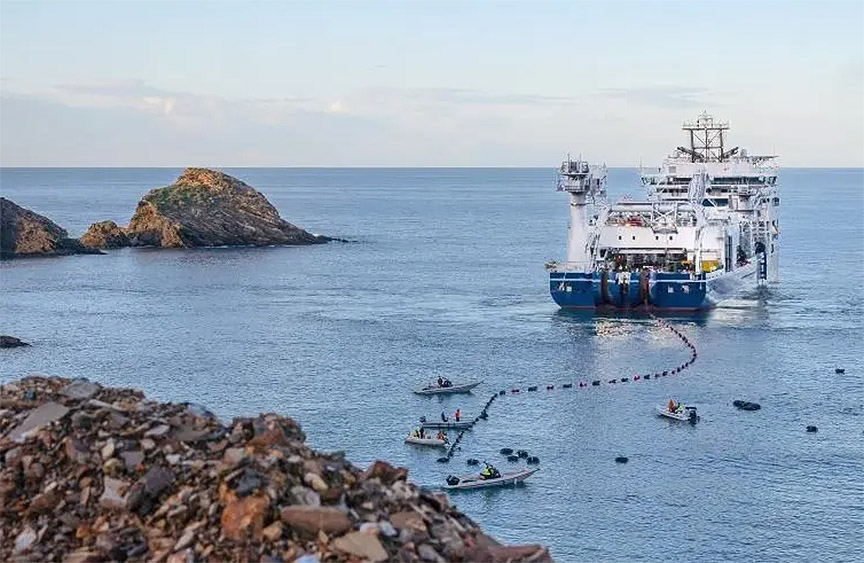
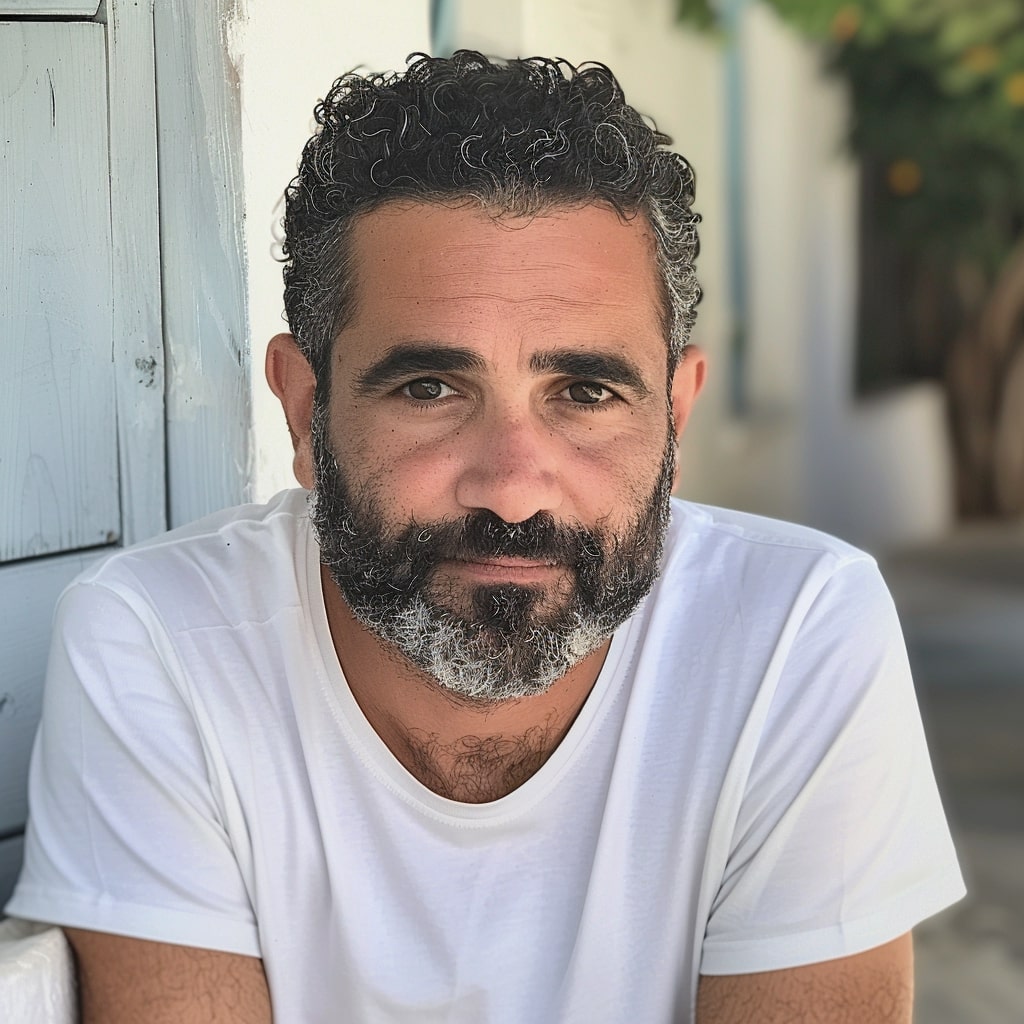
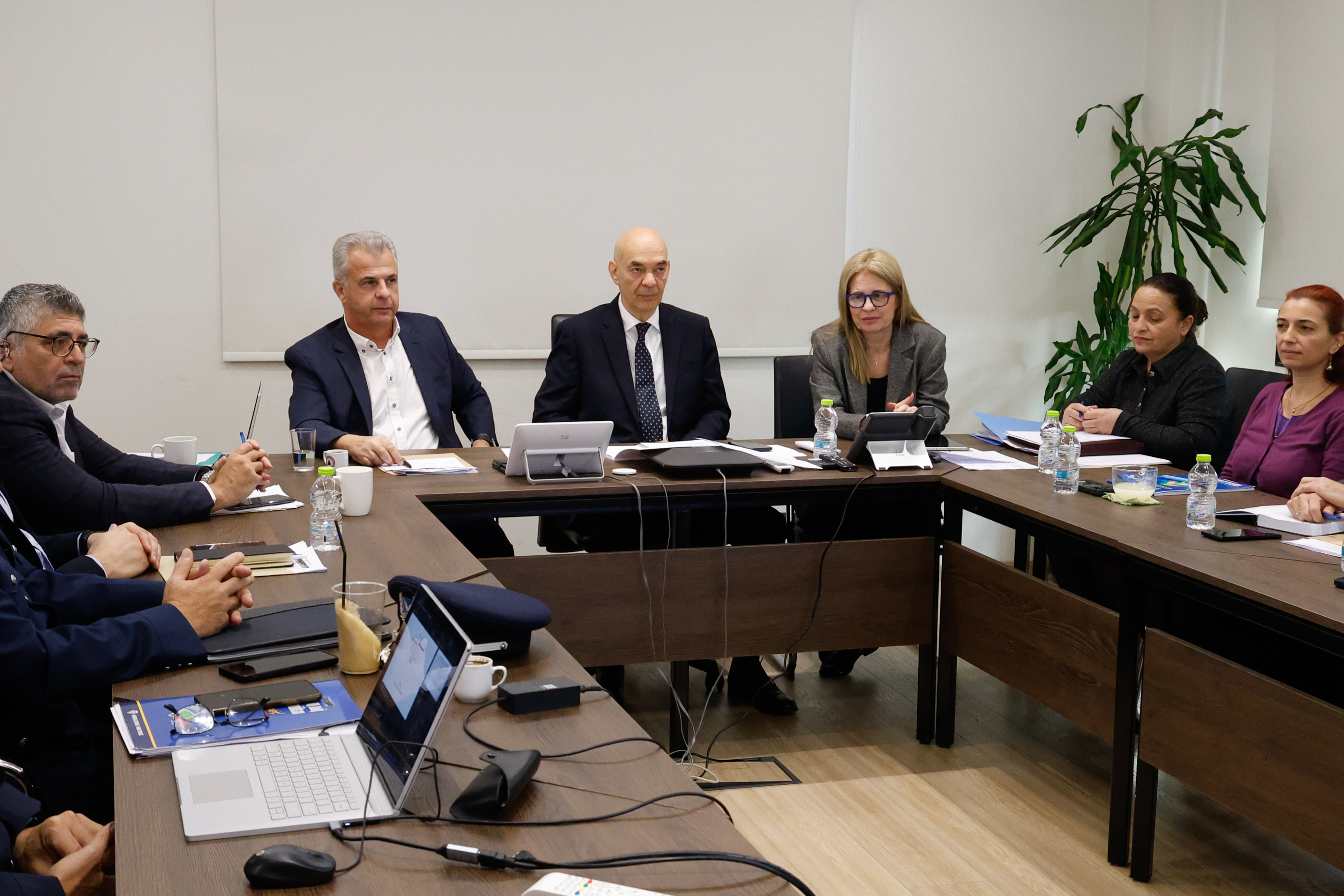


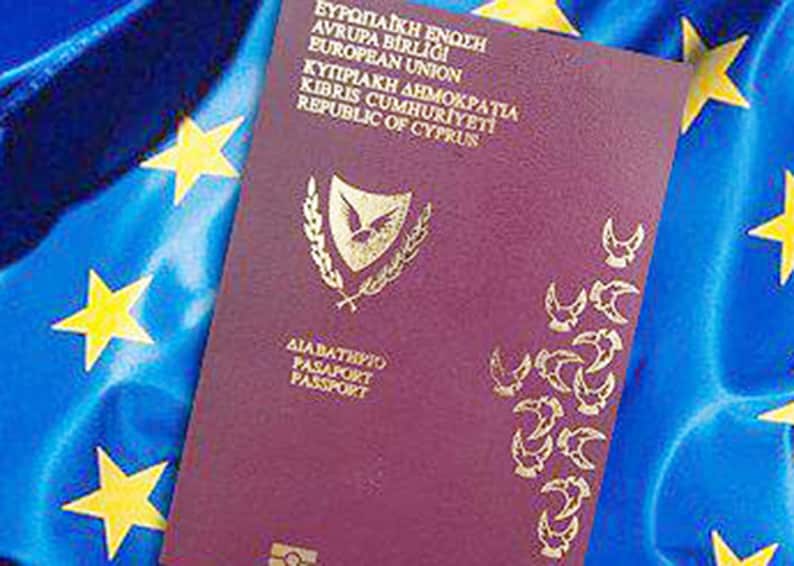
Click here to change your cookie preferences